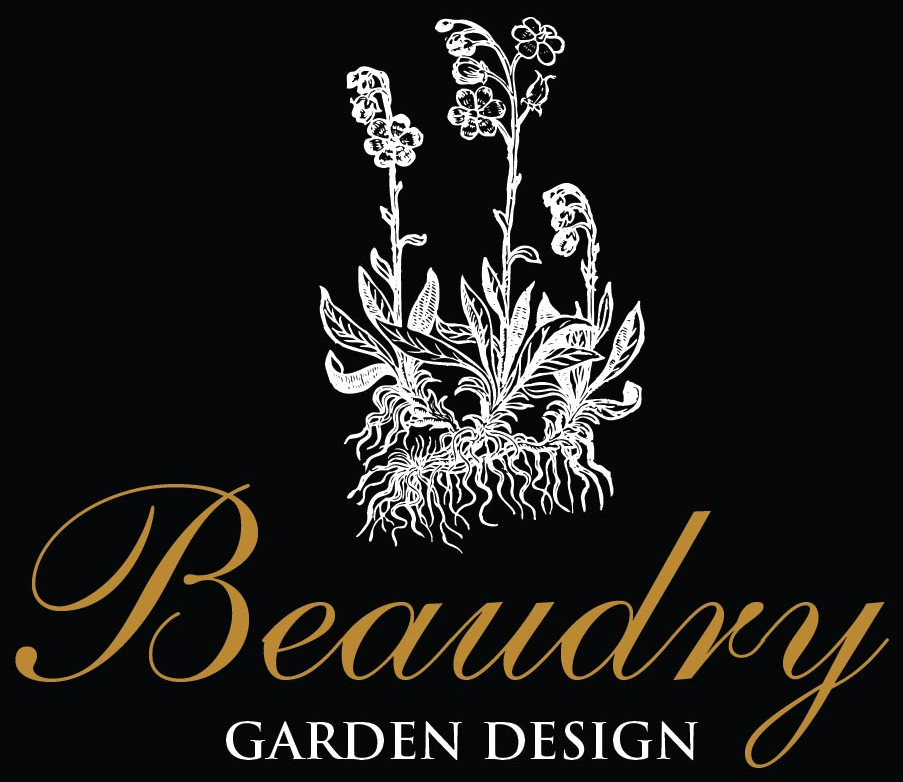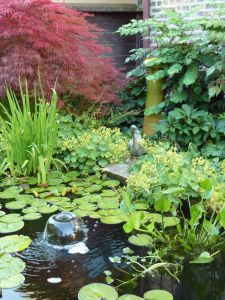B L O G
THE FUNDAMENTALS OF DESIGN
Engage Team • April 21, 2017
THE FUNDAMENTALS OF DESIGN
Fundamentals of Design
Introduction: Design is a skill most of us already have available to us.
Whenever I teach design I find that the people in my class are inevitably fearful of putting pen to paper. By the time my students enter the classroom, whatever it was that had sparked them to sign up for a landscape design class, became eclipsed by a story in their heads that they don’t have any design skills. After having purchased this book, you may be feeling the same way. However, we all have innate design skills. It is my intent to show you that you do too.
Consider first that you have taste, a tendency to like certain things and not others. You already know what looks good and what doesn’t. In fact, you know this before even thinking about it. This knowing is more akin to a feeling than a thought. In fact, if I were to ask you why you like one thing and not another, you would have to pause, if only a moment, to formulate words to express what you already feel. This difference between feeling and explaining has to do with the way our brains work.
The cerebral cortex is the rational portion of our brain. The cerebral cortex is divided into two hemispheres connected by a thick band of nerve fibers (called the corpus callosum) which sends messages back and forth between the hemispheres. While brain research confirms that both sides of the brain are involved in nearly every human activity, scientists believe that the left side of the brain is the seat of language and processes things in a logical and sequential order. The right side is more visual and processes intuitively, holistically, and randomly. The right side of our brain is the part that knows what we like and dislike without thinking about it. If we want to express why we feel a certain way, we use the left side of the brain.
Exercise: Look at images in magazines or the internet. Select five images that you like and five that you don’t like. Journal to answer the following questions:
1. Indicate whether you like it or dislike each image.
2. Write out explanation of why you like or dislike a particular image.
3. Continue this practice through your day with the world around you.
Notice how long it took you to determine a like or dislike compared to how it took for you to articulate why you had a preference.
To design anything, we must use both sides of our brain. If we want to express a certain mood or feeling in a garden, we need to articulate how that mood will be expressed. That is essentially what design is all about: drawing, painting or sculpting something in order to express a feeling.
Now consider how you choose the clothes that you wear each day. While some of us are certainly better a choosing an outfit than others, we all have an ability to choose colors we like. We also know when something looks good on us and when it does not. Have you ever heard someone say “I wouldn’t be caught dead wearing that!” Our feelings about what looks good and what doesn’t are strong. Noticing that this skill is already present is the beginning of recognizing and developing your natural design sense. Designing is a skill. We all have a natural ability to design and we can all develop this natural ability through practice.
I have been designing gardens for thirty years. The longer I design, the more I realize I have more to learn. This process of learning is a source of joy for me and I hope it will be for you as well. Seeing an idea flow from an imagination, to a drawing on paper, to a place where people can relax and have an experience of nature is incredibly fulfilling. You can learn to do this for yourself, as I have. The process will bring you to a more intimate connection with nature, and also with your true self.
My book, Designing the Bungalow Garden: How to Create Gardens and Lives Rooted in Spirit will be published in spring of 2014. Look for in in bookstores and online.
Our very own John Beaudry has just been featured in the news and the focal point was his very own Garden Sanctuary! We were very excited when we got the call saying that they had heard great things about John; from creating garden sanctuaries for others, to writing his own how-to book for those who want to build their very own nature space. After that the ball just kept on rolling. Their news crew came by and were able to really take in what John is all about, his life long dream of connecting people to nature in their own backyards. And now thanks to John, his dream, and the great team we have here at John Beaudry Landscape Design, we are able to do so. While also taking in our customers wants and needs, and what they envision in their Garden Sanctuary. If you're thinking this all sounds really great, then come on down to our Garden Party next month, July 20th. We will be showing John's garden, discussung his book, and letting others see how amazing one dream can turn out. If you are inspired to create your own, we can even answer any questions you may have! For further information regarding our Garden Party, or if you just want to call and chat about our fees and services, go ahead and give us a call at our office during business hours at 619.929.9140 and we'd love to discuss further!
In this beautiful city of San Diego, we like to maintain our garden's with as little amount of water possible. Maybe you've been thinking about using less water in your garden but don't know where to start nor look. Here a few easy steps that can help! Check your water pressure. If your water pressure is too high, it is very likely you’re using more water than necessary. Inspect your irrigation. Check, adjust, or replace any sprinkler heads that are damaged or leaking. Hydrozone properly. Water your trees less frequently but for longer periods than shrubs and perennials. Water at Sunrise or Sunset. Soil absorbs the most water during lower temps. Replenish your mulch. Maintaining a 3-layer of mulch can protect your soil from direct sunlight, allowing the soil to absorb more water. These are a just a few of many steps to begin creating a water-wise and beautiful, blooming garden! Call us at (619) 929-9140 so we can get started on creating your own sanctuary, low-water garden!

Want to create a beautiful garden that is also water efficient? THE INSTITUTIONAL TURF REPLACEMENT PROGRAM might be for you! The Institutional Turf Replacement Program is a multi-agency collaboration between the Department of Water Resources, the California Conservation Corps, the Habitat Corridor Project, and the Local Government Commission. Their goal is to "replace more than 165,000 square feet of turf with California native and water-efficient landscaping, provide long-term water savings and education, and benefit the public." All you need for this amazing program is the design. Which we can provide! This program will fund your project for up to $20,000 to qualifying applicants. Download the APPLICATION now! Once you're done applying give us a call at (619) 929-9140 so we can began creating your new water efficient and beautiful garden that you've been dreaming of!


